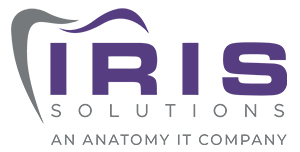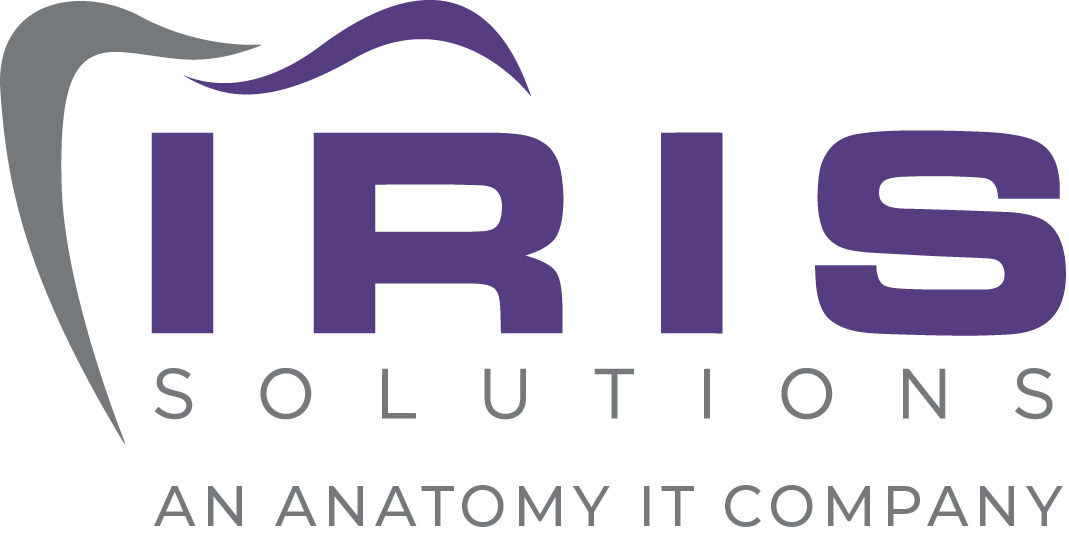What is the Cloud and why do I care?
Cloud-based technologies are often a big part of our business consultation. The companies who are using and marketing cloud services make it seem like we should all be using this service. These marketing strategies are excellent and seem like an easy business decision, but wait, there’s more.
We have broken the cloud services blog into three posts based on categories to help you determine what will and will not work in your business.
By the end of this series you will be a cloud expert.
ASP
Application Service Provider is the first category. In the simplest terms this category is a service which allows you to use the internet for access to a webpage to drive your application.
Examples of ASPs
The simplest example I can think of is Salesforce. Salesforce was one of the first data and application delivery programs across the internet while storing all of your data online. Salesforce is also the leading online Customer Relationship Management or CRM provider on the internet. Launched in 2000, this internet startup company began using the term SAAS (software as a service).
Other well-known SAAS companies include ZenDesk, Freshbooks, InfusionSoft, Oracle Web and Microsoft Dynamics.
What does SAAS do?
SAAS is any online application that stores the application and your data online. The service portion of this term is key for your business. If you start with Salesforce, on day 1 your fee will be user based and will continue for as long as you use the software. You have the ability to export your data, but be careful, it may look like an extensive excel spreadsheet. SAAS will update the application and allow you to easily keep up with changes.
The Good, The Bad, and The Ugly of SAAS
The good is pretty straight forward. You have an application just like Word or Excel, but the application is built into a web browser. The web page will provide access to all of your important business data within a single webpage. The application and data are in the same place. The data backup is also done by the SAAS provider.
The bad is the maturity of the application online. I consistently look to Salesforce as an example, but the early generations of this software were clunky on the internet. The webpages were not what they are today. The programming languages were basic and did not include Java, JavaScript, SQL, C#, C++ and Python. Your web application must provide access to your data in a logical format and it is difficult for you to customize this code.
The ugly is also pretty simple. Internet access, availability, and speed. You must be connected to the internet to access your application. Not only connected, but a good strong connection if you are going to browse around your application to deliver the data access you need.
I need an application divorce!!
I have never been through a divorce but nobody speaks of this in a positive manner. In the same way divorce is difficult, so is changing a Line of Business (LOB) Software. Assuming you are using a SAAS provider and you discover the software is not just not doing it for you. This can be from your business growing, your needs changing, or the SAAS provider is not performing like you need. Once you decide to switch to a different provider you are going to have some issues. As I stated above, you have access to your data but it is in a format the SAAS provider decides to give you.
The lesson to be learned by part 1 is to understand the SAAS style of cloud service is one which delivers your data and application in one online application.
If you are still reading at this point you might be ready for part 2.


